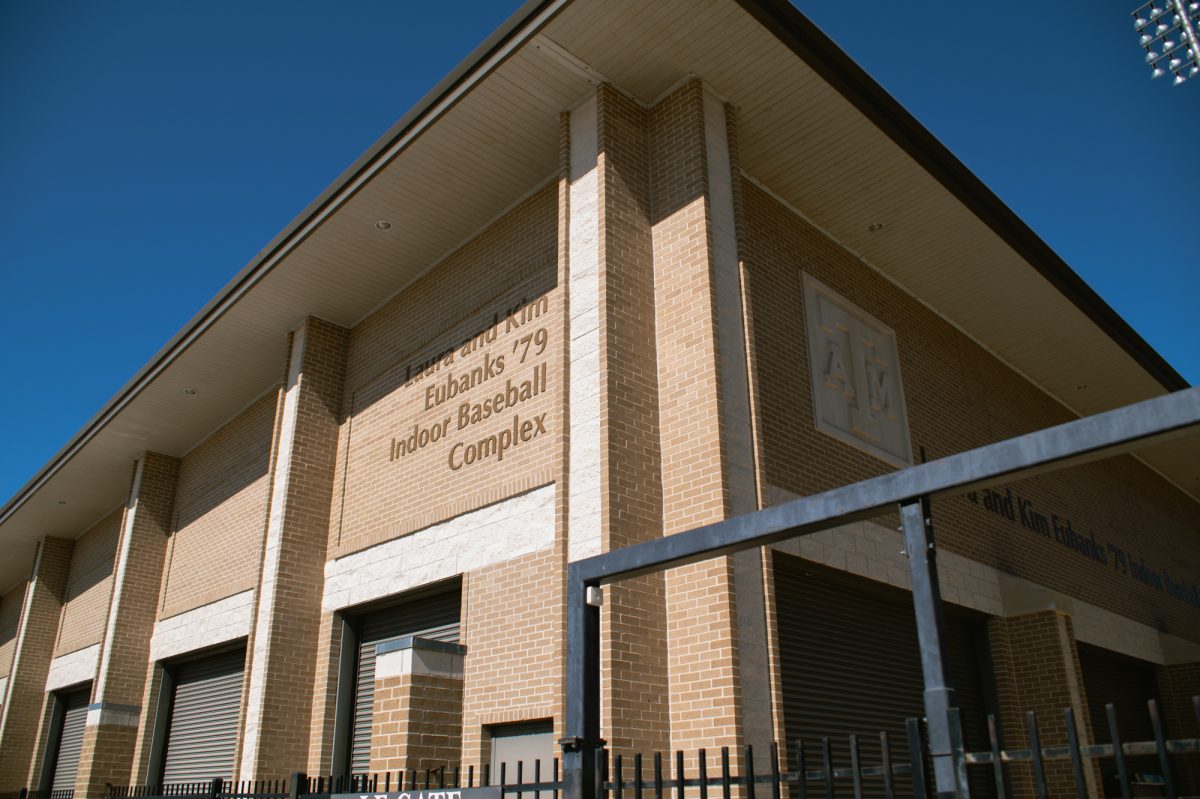The debate regarding the Texas Health and Human Services Commission’s plan to reduce therapy rates was brought to Texas A&M when — during an ongoing lawsuit — allegations were made that Texas A&M failed to uphold its end of a research contract.
During the last legislative session, the General Appropriations Act required the HHSC to achieve $50 million in savings per year through rate reductions for therapy services. HHSC’s first series of rate reductions was scheduled to go into effect Oct. 1, but the reductions were halted on Sept. 22 with an injunction from a judge in Travis County. The injunction was a part of a lawsuit directed at HHSC, claiming that a reduction of therapy rates would lead to a lack of access to care for Texas Medicaid recipients.
The trial against the HHSC began last week. The parties against the policy changes are attempting to show that therapy rate reductions will cause irreparable harm to Medicaid recipients who need therapy and the HHSC does not have the authority to pass such changes.
On the first day of the trial, Texas A&M was brought into the controversy when claims were made that a Texas A&M researcher failed to conduct the analysis on access of care they were commissioned for. On the second day of the trial, an HHSC employee clarified that A&M was not asked to cover access to care.
Paul Ogden, interim executive vice president of the Texas A&M University Health Science Center, said Texas A&M fully honored its contract with HHSC.
“The research questions provided to Texas A&M were thoroughly answered, and we stand by our work product,” Ogden said. “Had any additional research questions, such as access to care, been included in the contract, we would have handled them as seriously as we did the policy areas covered by the study.”
Ogden said because of this, Texas A&M will have no further role in the lawsuit against HHSC.
“Texas A&M played no role in determining how the information contained in our completed study was used by HHSC,” Ogden said.” Those determinations, like the design of the study and the policy decisions currently under discussion, are the responsibility of HHSC.”
An injunction is issued in cases where a party believes something will cause irreparable harm if it happens, and the party believes they can prove the organization or individual attempting to make something happen does not have the authority to do so.
Jenny Jones, associate vice president for governmental and public affairs with the A&M HSC, said the HHSC has seen this issue before.
“The state of Texas has been sued before over access to health care,” Jones said. “Medicaid is an entitlement program, and so the suits that have come over the years, such as Frew v. Gilbert, assert that the state — because of low reimbursement rates or other policies — is restricting access to care in a federal entitlement program and therefore is violating patients’ constitutional rights.”
On Sept. 30, Lt. Gov. Dan Patrick sent a letter to HHSC regarding Rider 50, the specific part of the General Appropriations Act that asks HHSC to make the ordered cuts.
“Rider 50 gives you the ability to pursue of savings of $100 million dollars from Medicaid acute therapy rates, while also making sure that eligible children all over this state can continue to receive these important services,” the letter read. “Rider 50 was purposefully written so that you can do both.”
The response to Patrick and State Sen. Jane Nelson sent by Chris Traylor, executive commissioner of the HHSC, said the HHSC will continue to pursue rate reductions in such a way that will not affect access to care.
“Given your direction, and the court’s injunction, HHSC will continue its efforts to achieve the maximum therapy rate reductions possible with maintaining adequate access to care,” Traylor said. “Even though this direction will not result in the full amount of savings identified in Rider 50 and will result in spending levels above appropriations, I am confident the state can achieve meaningful Medicaid savings while preserving adequate access to care.”









